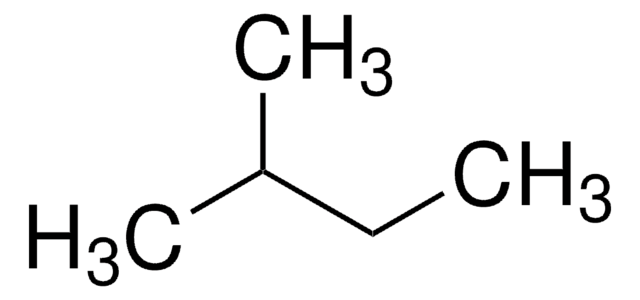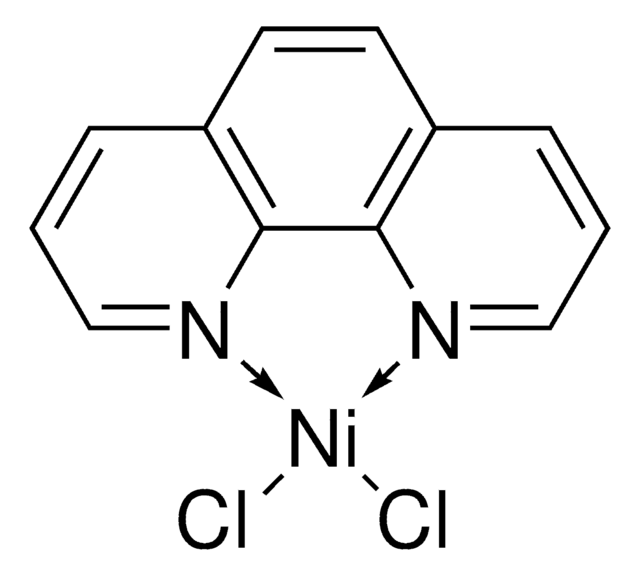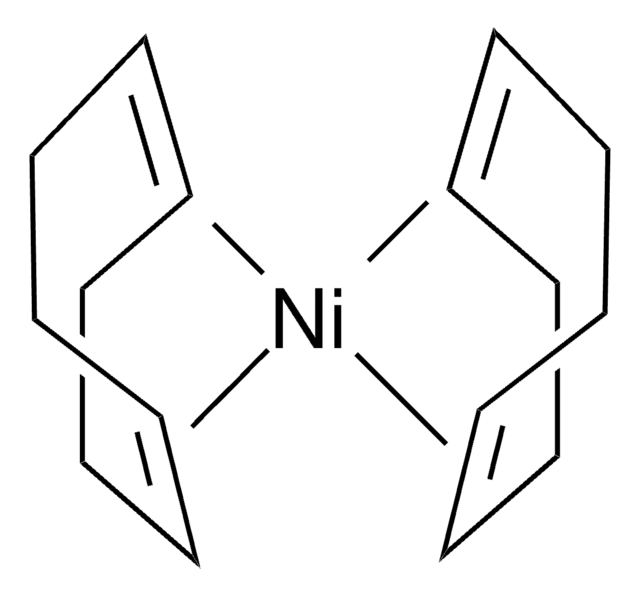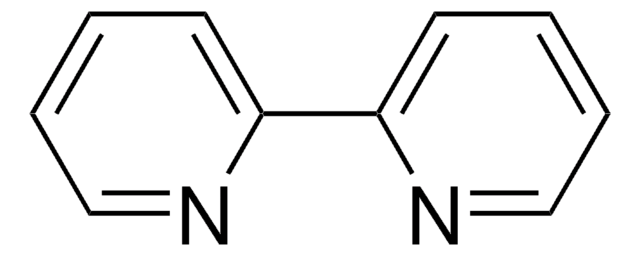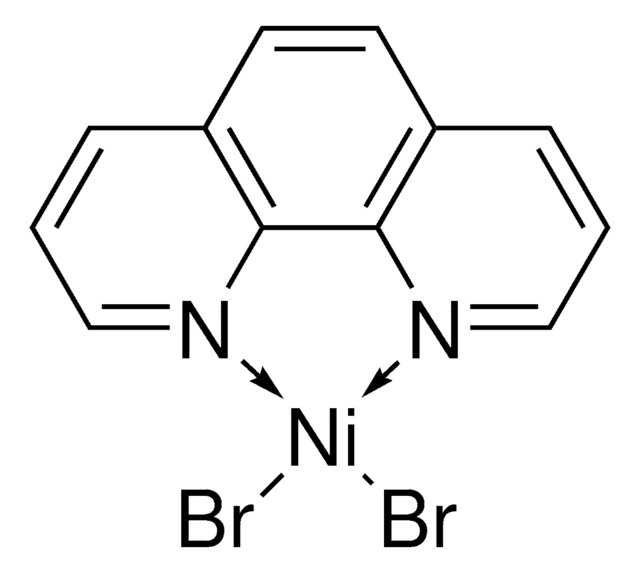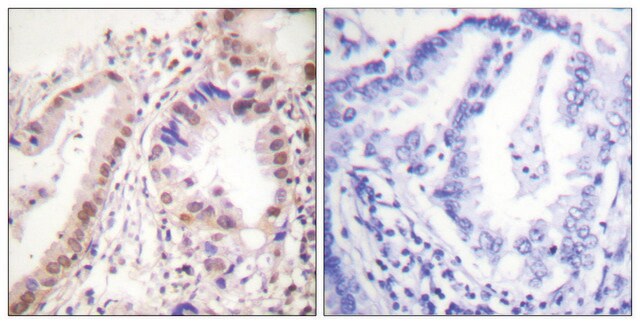Kluczowe dokumenty
M32631
2-Methylbutane
ReagentPlus®, ≥99%
Synonim(y):
Isopentane
About This Item
Polecane produkty
gęstość pary
2.6 (vs air)
Poziom jakości
ciśnienie pary
11.17 psi ( 20 °C)
linia produktu
ReagentPlus®
Próba
≥99%
Formularz
liquid
temp. samozapłonu
788 °F
granice wybuchowości
8.3 %
współczynnik refrakcji
n20/D 1.354 (lit.)
bp
30 °C (lit.)
mp
-160 °C
gęstość
0.62 g/mL at 25 °C (lit.)
temp. przechowywania
2-8°C
ciąg SMILES
CCC(C)C
InChI
1S/C5H12/c1-4-5(2)3/h5H,4H2,1-3H3
Klucz InChI
QWTDNUCVQCZILF-UHFFFAOYSA-N
Szukasz podobnych produktów? Odwiedź Przewodnik dotyczący porównywania produktów
Powiązane kategorie
Opis ogólny
Zastosowanie
- A reactant to synthesize isoprene by a two-stage dehydrogenation process using chromia-alumina catalyst.
- A weakly polar solvent to study the intramolecular charge transfer (ICT) effect and the solvatochromic behavior of the pyrene substituted 1,3,4-oxadiazole derivatives.
Inne uwagi
Informacje prawne
Hasło ostrzegawcze
Danger
Zwroty wskazujące rodzaj zagrożenia
Zwroty wskazujące środki ostrożności
Klasyfikacja zagrożeń
Aquatic Chronic 2 - Asp. Tox. 1 - Flam. Liq. 1 - STOT SE 3
Organy docelowe
Central nervous system
Zagrożenia dodatkowe
Kod klasy składowania
3 - Flammable liquids
Klasa zagrożenia wodnego (WGK)
WGK 2
Temperatura zapłonu (°F)
-59.8 °F - closed cup
Temperatura zapłonu (°C)
-51 °C - closed cup
Wybierz jedną z najnowszych wersji:
Masz już ten produkt?
Dokumenty związane z niedawno zakupionymi produktami zostały zamieszczone w Bibliotece dokumentów.
Klienci oglądali również te produkty
Nasz zespół naukowców ma doświadczenie we wszystkich obszarach badań, w tym w naukach przyrodniczych, materiałoznawstwie, syntezie chemicznej, chromatografii, analityce i wielu innych dziedzinach.
Skontaktuj się z zespołem ds. pomocy technicznej